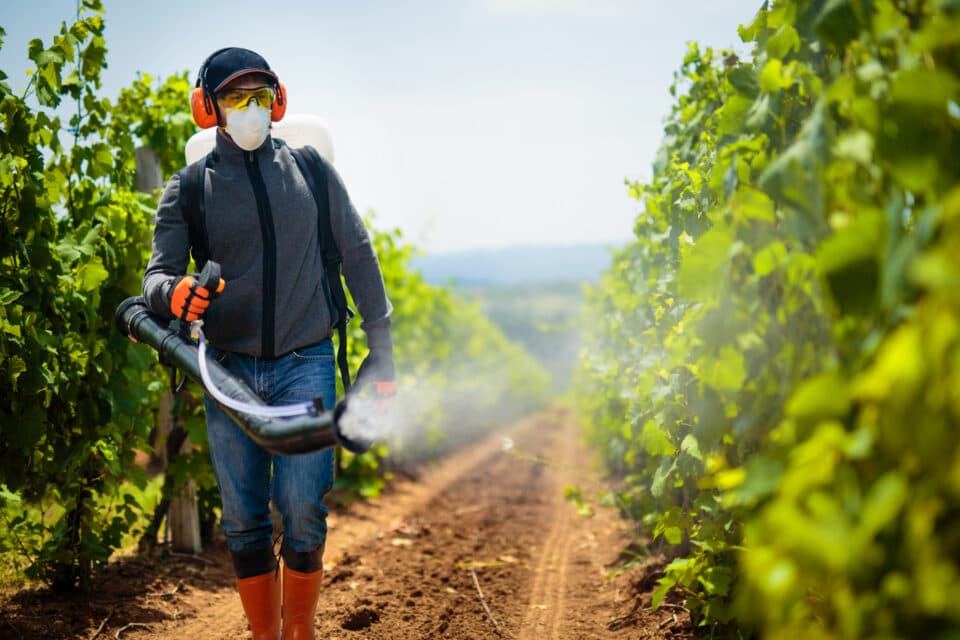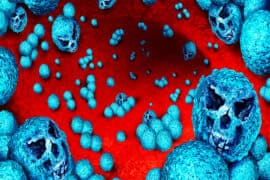
Scientists develop new tool to design safer pesticides
Most of commercial chemicals that enter the U.S. market each year have insufficient health and safety data. Although in the case of pesticides, the U.S. Environmental Protection Agency (EPA) used various techniques to evaluate chemical hazard, exposure, and risk, concern over the potential threat posed by these substances has steadily grown in recent years.
A new study led by the George Washington University (GW) has now developed an innovative computational approach to rapidly and efficiently screen pesticides for safety, performance, and endurance in the environment. Moreover, this new method may aid in the design of next-generation molecules to develop safer pesticides.
“In many ways, our tool mimics computational drug discovery, in which vast libraries of chemical compounds are screened for their efficacy and then tweaked to make them even more potent against specific therapeutic targets,” said study senior author Jakub Kostal, an assistant professor of Chemistry at GW.
“Similarly, we use our systems-based approach to modify pesticides to make them less toxic and more degradable, while, at the same time, making sure they retain good performance. It’s a powerful tool for both industry and regulatory agencies that can help design new, safer analogs of existing commercial agrochemicals, and so protect human life, the environment and industry’s bottom line.”
By using this model, Professor Kostal and his colleagues analyzed over 700 pesticides from the EPA’s pesticide registry and found that only seven percent of these chemical compounds fulfilled the criteria for safety. “Our analysis reveals there is definitely room for improvement when it comes to developing safer pesticides,” said study lead author Jessica Lewer, a graduate student at GW.
“Moreover, the computational approach we’ve developed to better screen and design safe pesticides can be used as a blueprint and applied to other industries that rely on commercial chemicals, for example cosmetics and cleaning products.”
In future research, the scientists hope to augment their model with pesticide design from biobased, renewable chemical building blocks in order to make chemical design more sustainable.
The study is published in the journal Science Advances.
—
By Andrei Ionescu, Earth.com Staff Writer












